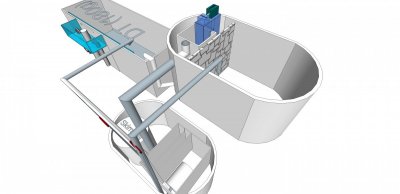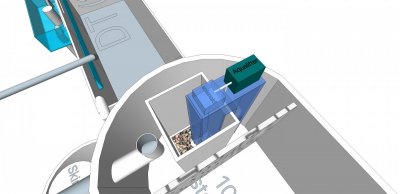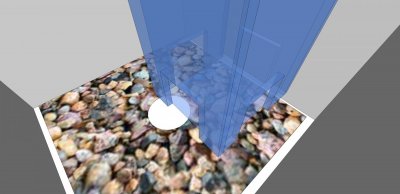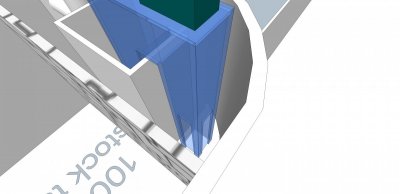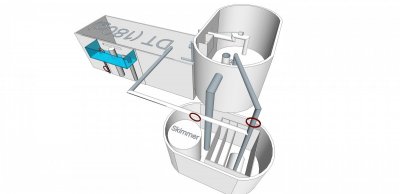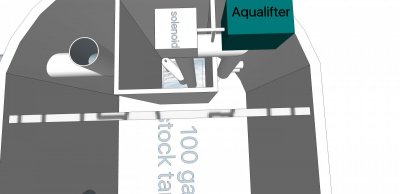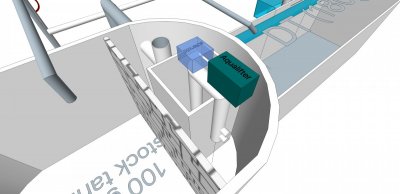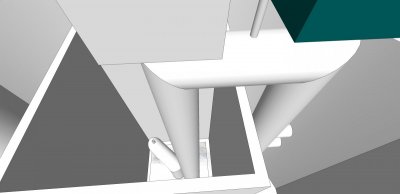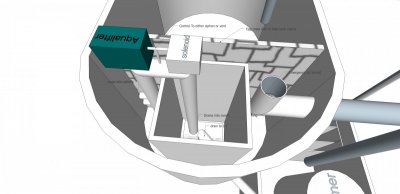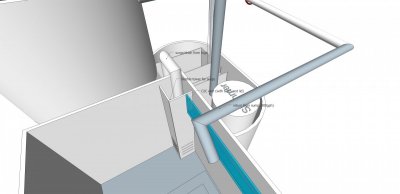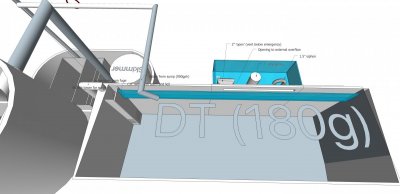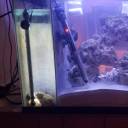I guess it comes down to risk vs reward. How much are you willing to risk, for the reward you will receive?
For me the risk is to high, even if the flow-rate of pipes would seem to support the idea. I just wouldn't do it.
If you do it, I want pics!
It sounds like an amazing experiment.
For me the risk is to high, even if the flow-rate of pipes would seem to support the idea. I just wouldn't do it.
If you do it, I want pics!
It sounds like an amazing experiment.






